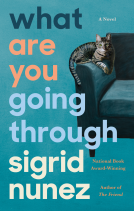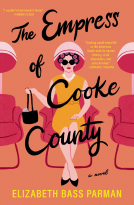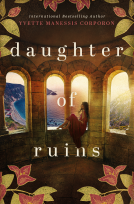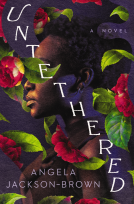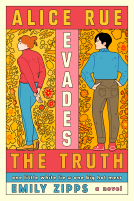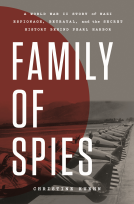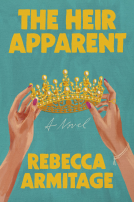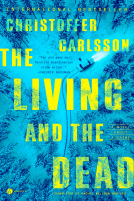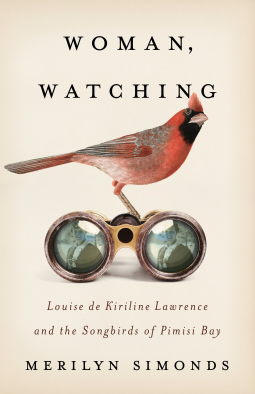
Woman, Watching
Louise de Kiriline Lawrence and the Songbirds of Pimisi Bay
by Merilyn Simonds
This title was previously available on NetGalley and is now archived.
Send NetGalley books directly to your Kindle or Kindle app
1
To read on a Kindle or Kindle app, please add kindle@netgalley.com as an approved email address to receive files in your Amazon account. Click here for step-by-step instructions.
2
Also find your Kindle email address within your Amazon account, and enter it here.
Pub Date May 24 2022 | Archive Date Apr 01 2022
Talking about this book? Use #WomanWatching #NetGalley. More hashtag tips!
Description
2022 Foreword Indies Award Winner for the Editor’s Choice Prize, non fiction
“[A] lyrical, passionate, and deeply researched portrait.” — Margaret Atwood
“This brilliant account does justice to a pioneering figure who merits wider recognition.” — Publishers Weekly, starred review
“[A] marvelous biography of a true pioneer of ornithology.” — Booklist, starred review
“Woman, Watching is an entrancing blend of biography, memoir, history, research, and homage that is unlike anything I’ve ever read. It’s radical, it’s ravishing.” — Kyo Maclear, author of Birds Art Life
Referred to as a Canadian Rachel Carson, Louise de Kiriline Lawrence lived and worked in an isolated log cabin near North Bay. After her husband was murdered by Bolsheviks, she refused her Swedish privilege and joined the Canadian Red Cross, visiting her northern Ontario patients by dogsled. When Elzire Dionne gave birth to five babies, Louise became nurse to the Dionne Quintuplets. Repulsed by the media circus, she retreated to her wilderness cabin, where she devoted herself to studying the birds that nested in her forest. Author of six books and scores of magazine stories, de Kiriline Lawrence and her “loghouse nest” became a Mecca for international ornithologists.
Lawrence was an old woman when Merilyn Simonds moved into the woods not far away. Their paths crossed, sparking Simonds’s lifelong interest. A dedicated birder, Simonds brings her own songbird experiences from Canadian nesting grounds and Mexican wintering grounds to this deeply researched, engaging portrait of a uniquely fascinating woman.
Available Editions
| EDITION | Other Format |
| ISBN | 9781770416598 |
| PRICE | $22.95 (USD) |
Average rating from 21 members
Featured Reviews
 Sarah C, Reviewer
Sarah C, Reviewer
Thank you, NetGalley, for letting me read this book.
Simonds gives us the life of Louise de Kiriline Lawrence - a woman who lived at least 3 lives, compared to most of us mere mortals.
Louise was born into an aristocratic Swedish family, and starts out life on a grand country estate, where her father instils into her a love of nature. She's related to Scandinavian royalty, she's a debutante, she's seriously well-bred, but when her father dies the family fortunes change.
Training as a nurse in response to the first World War, Louise ends up falling in love with a White Russian, and ends up trapped in the Soviet Union. This intense romance has shades of Dr Zhivago - it's a beautiful love story that ends tragically. Louse returns to Sweden penniless.
From there she emigrates to Canada, where she becomes a nurse in an isolated village. She ends up being the main carer for the Dionne quintuplets. Her calm, methodical, meticulous and upright character is really important in this phase of her life.
It's the final. longest phase that Simonds concentrates on, though. Louise ends up living in an isolated cabin in the Canadian forest where she trains herself as an observational ornithologist. We learn not only about Louise's journey from poetic observer to rigorous observational scientist, but also get a history of female ornithologists in Canada and North America, and insights into the life of certain birds.
For me, there was added interest and poignancy in hearing about Simond's birding experiences and her personal relationship with Louise. It was fascinating to hear about the role of women, too, and the role of amateurs in developing ornithology as a science. Louise herself was a gifted writer, and her voice is heard in this book. Simonds doesn't gloss over the hardships fo Louise's life - but her choice to live in such a remote setting is driven by her relationship with the natural world, and birds in particular.
This is well worth reading if you are interested in women in science, in birds, or just in one incredible life.
 Educator 912767
Educator 912767
The blurb on the back cover pulls no punches. This book is a fascinating biography of a woman who begins her adult life by leaving behind Swedish aristocracy to marry a Russian soldier she nurses back to health in the first world war. I was hooked immediately. How does she get from wartime Europe to a cabin in the woods of Northern Ontario and become, as the back cover says, “a Canadian Rachel Carson”?
While the content is primarily about Louise’s life, in chronological order, there are some jumps that took a bit to understand. The author has a personal connection to Louise, and sometimes refers to her own life as it dovetails with Louise. Occasionally, the story backtracks in the timeline to follow a different tendril of Louise’s life, but there were usually years associated with those jumps, which made recalibrating where I was in Louise’s life easy.
In addition to Louise’s origin story, I was intrigued by her prominence in the birding world. She turned to birding later in life, during a time period when women were not often the center of attention. Despite the barriers I often perceive for women during that time, she was welcomed by the birders and quickly impressed them with her thorough observations. It is unbelievable to me how much she recorded, and for so many people.
This book engaged me enough to prompt me to laugh at the antics that come with trying to outsmart avians, and to cry when the tides seemed against Louise. This book also resonated with me because I feel like I can relate to Louise. She was an avid letter writer, and the author despairs over years of missing letters. I felt like I understood the mental state of Louise in those years. Louise wrote articles for a variety of periodicals, published both fiction and nonfiction, and faced rejection and letdowns, but it always seemed to work out in the end, which gives me hope for my own endeavors.
Near the end of the biography, the author recommends finding and reading Louise’s original works. Because this work is thick with Louise’s own quotes, and I enjoyed it so thoroughly, I will eagerly take her advice.
Readers who liked this book also liked:
Yvette Manessis Corporon
General Fiction (Adult), Historical Fiction, Women's Fiction


